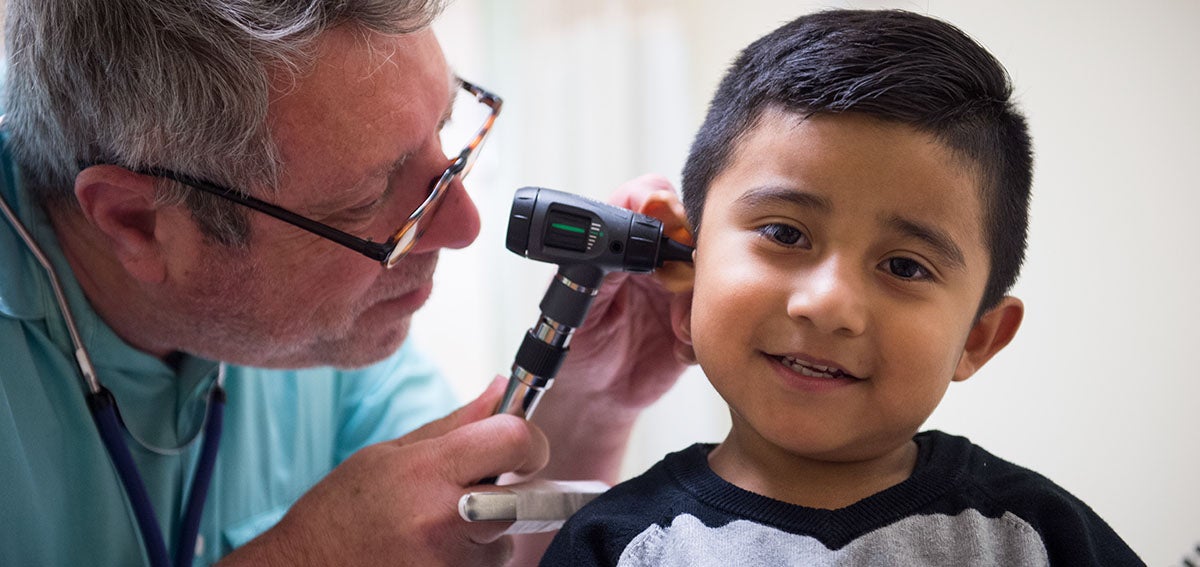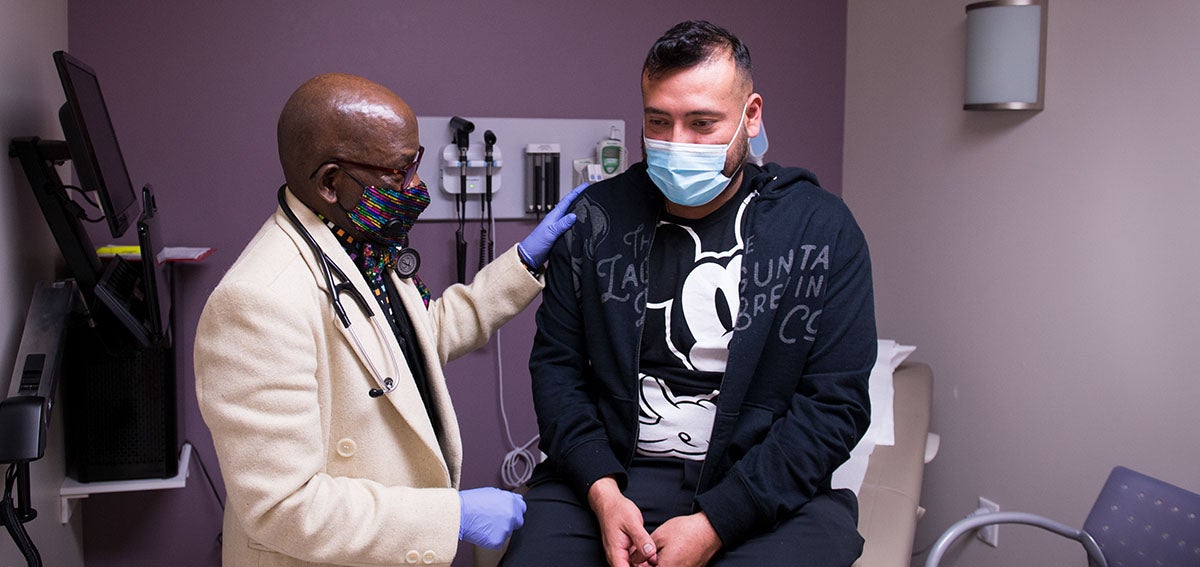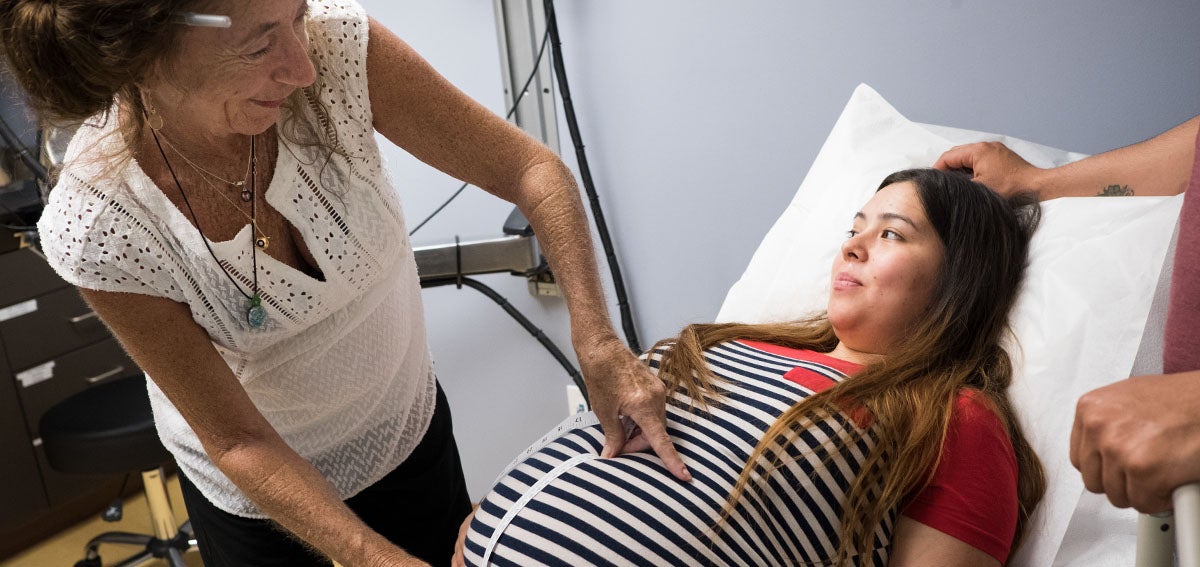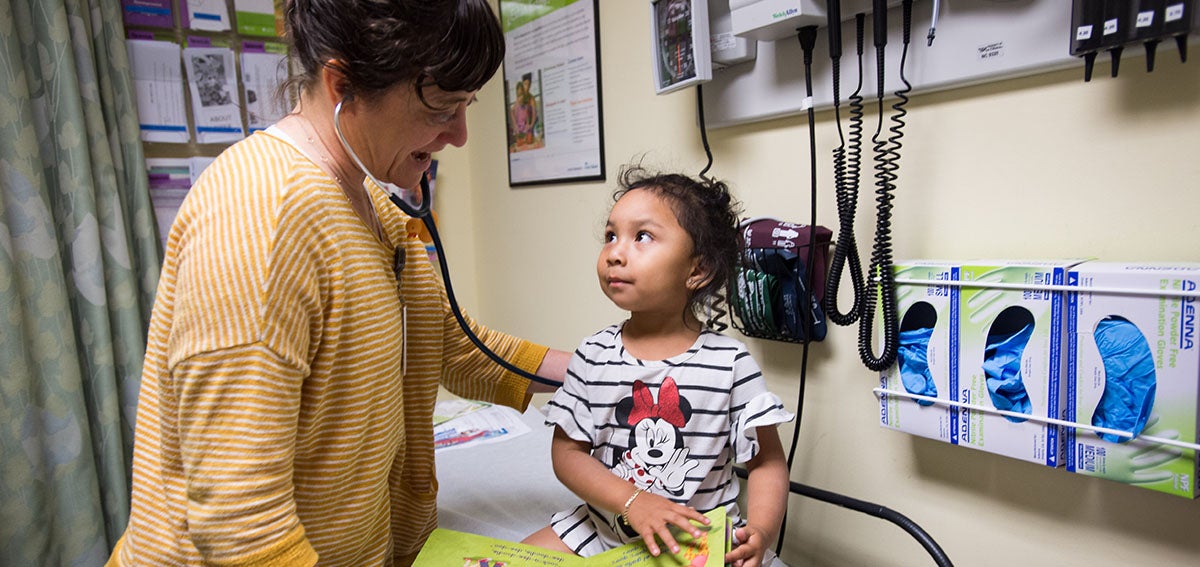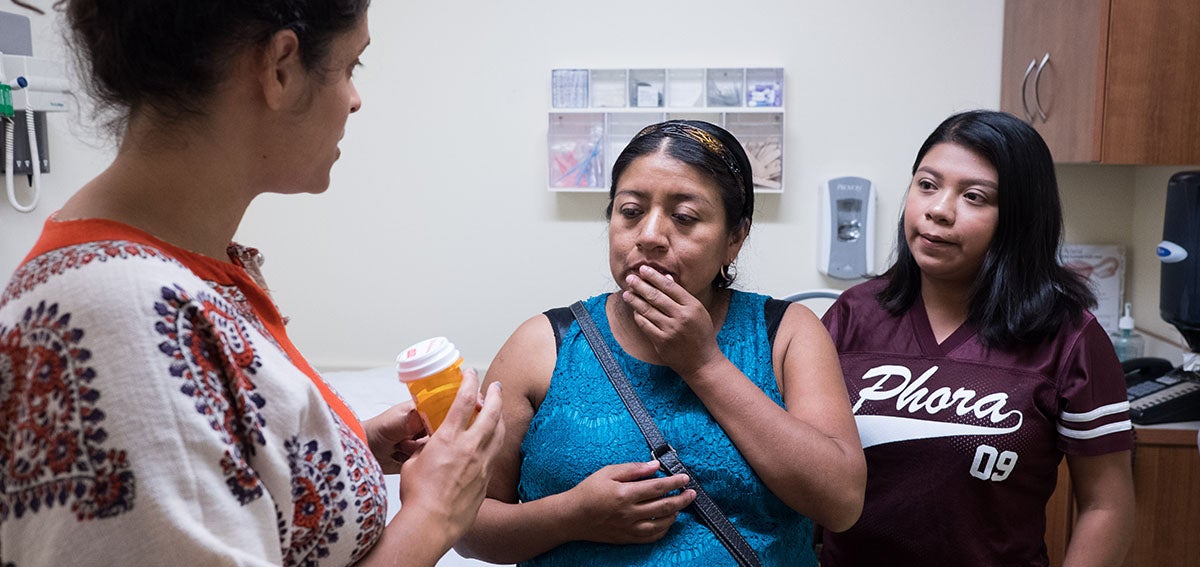
As the COVID-19 crisis worsened in March, two-thirds of the primary care visits to Harbor Health in Massachusetts vanished, and suddenly the group’s six Federally Qualified Health Centers faced a monthly deficit of $1.5 million. The organization’s president and CEO, Chuck Jones, had to lay off more than 100 employees and close one of the centers. The next day, he jumped on a call with Dan Gorenstein, cohost of the health policy podcast Tradeoffs.

“Every decision affects patients, staff, the organization’s financial situation,” Jones told Gorenstein in a Tradeoffs episode that aired on March 25. “I try to stay optimistic. But without something really significant being introduced here, there’s not a light right now at the end of this tunnel that I can see.”
Harbor Health is not alone in its nightmarish conflict with the novel coronavirus. Across the country, “primary care practices are struggling financially as patient visits plummet, and patients themselves are missing out on vital routine care,” Dylan Scott reported in Vox. “In a nation that already trailed other rich countries in access to health care, America’s primary care is imperiled by this pandemic — now and in the future.”
Clinics Without Patients
A Commonwealth Fund analysis conducted by Harvard University and the health care technology company Phreesia found that COVID-19 has inflicted serious damage on the finances of outpatient care providers nationwide. From mid-March, when states began implementing stay-at-home orders, to mid-April, the number of visits to ambulatory practices declined nearly 60%.
The nonprofit Primary Care Collaborative surveyed primary care practices nationwide from April 17 to 20 and reported a grim landscape: “Eighty-nine percent of clinicians report large decreases in patient volume, and 57% say that less than half of their visits in the last week were reimbursable. Forty-two percent note the need to lay off or furlough practice members as a stress on their practice.”
In California, a survey of physician practices across 49 counties found that 98% of practices reported an average 68% decrease in patient visit volume, the California Medical Association said. Three-quarters of practices experienced a revenue decline of 50% or greater since March 1.
It’s no different in community health centers. They serve one in six Californians and one in three Medi-Cal patients, and they are struggling to keep their doors open. In an average year, La Clínica de La Raza cares for about 90,000 Bay Area residents regardless of ability to pay or immigration status. After patient visits plunged by 40% recently, the network of nonprofit health centers furloughed 300 employees, Farida Jhabvala Romero reported for KQED.
Carmela Castellano-Garcia, president and CEO of the California Primary Care Association, told Romero that 1,300 community health centers in the state are collectively losing $90 million a week. “We are the leading providers of care for California’s most vulnerable populations” Castellano-Garcia said, pointing out that the pandemic threatens the future of community health centers.
A System Strained
At a time when millions of Americans will lose their employer-sponsored health plans, the primary care crisis has grave implications for the nation. Health Management Associates modeled COVID-19’s potential impact on health insurance for each state and concluded that from 1 million to 11 million Americans could become uninsured as the pandemic causes a historic economic downturn. The result: Medicaid enrollment could increase by 11 million to 23 million nationwide, the analysis found.
Independent primary care practices could be forced to shutter or merge with larger health care systems to survive. “If we lose primary care capacity, almost surely that will have a detrimental effect on patient health and on the cost of care overall,” Meredith Rosenthal, PhD, professor of health economics and policy at Harvard University, told Gorenstein.
This could be disastrous for medically underserved communities. For instance, the closure of an independent practice that serves a rural or financially struggling community could leave residents without access to nearby primary care. And merging with a larger system might not help residents — the physician could be moved to another location by new managers.
Evidence shows that market consolidation can drive up costs. In a study for CHCF, the Petris Center examined wage-adjusted 2016 data for inpatient and outpatient services in California and found that prices for both types of services increase when market concentration increases.
Rising medical prices fuel higher insurance premiums, which can mean higher out-of-pocket costs for patients. “If independent primary care practices are bought up by health systems, almost surely the cost of care will increase with no additional benefits in terms of health,” Rosenthal said.
On a Small Screen Near You: Teleheath
Fortunately, there are some bright spots for primary care in this pandemic. COVID-19 has accelerated the use of telehealth. Although video and phone appointments have been used for medical purposes for decades, state and federal regulations have long prevented them from being widely available by limiting reimbursement for them.
The need for seniors and immunocompromised patients to stay home to reduce the risk of developing COVID-19 has hastened policy reforms for telehealth billing. In March, the federal government temporarily eased regulations to allow Medicare providers to get paid for telehealth services during the COVID-19 crisis.
Around that time, the California Department of Managed Health Care announced (PDF) that all health plans must temporarily reimburse for telehealth services at the same rate as in-person appointments, Ana Ibarra and Elizabeth Aguilera reported in CalMatters. The California Department of Health Care Services has allowed similar reimbursement for telehealth in Medi-Cal to move forward. (Bookmark CHCF’s COVID-19 telehealth resources page to stay updated on policy developments.)
Mei Wa Kwong, executive director of the Sacramento-based Center for Connected Health Policy, hopes these telehealth changes will become permanent after the pandemic. “If we can expand telehealth now, especially in the safety net, and keep supportive policies in place after COVID-19 is over, then we’ll be better prepared for the next public health crisis and much better positioned to improve overall access to care across the state,” she said on The CHCF Blog.
Beyond embracing telehealth because of the pandemic, primary care practices have also adopted new care delivery tools and leadership models, the Commonwealth Fund reported. Coastal Medical, a large primary care practice in Rhode Island, repurposed its texting platform to send daily surveys to COVID-19 patients. In Sonoma County, West County Health Centers spread responsibility for the chief medical officer role across its four clinics, ensuring collaboration across sites.
These are all innovative moves that respond to the rapidly changing health care situation in a nation that has not yet mapped a clear path out of the pandemic. The prospects of effective government financial interventions to protect the nation’s primary care infrastructure are uncertain, and even if such aid should materialize, primary care will suffer the financial effects of COVID-19 for years to come.
What are you reading about the primary care crisis? Tweet at me with #EssentialCoverage or email me.
Authors & Contributors


Jessica Brandi Lifland
Jessica Brandi Lifland is a freelance photographer, instructor of journalism at City College of San Francisco, and mother. Her work with publications and nonprofits such as Operation Smile, Tostan, and the California Health Care Foundation has taken her all over the world, including West Africa, the Middle East, Kosovo, Burma, Haiti, and South America.
For two decades she has been photographing the National Cowboy Poetry Gathering and has been working on a long-term project documenting the lives of the cowboy poets of the American West in affiliation with the Western Folklife Center. She plans to make her project into a book.


